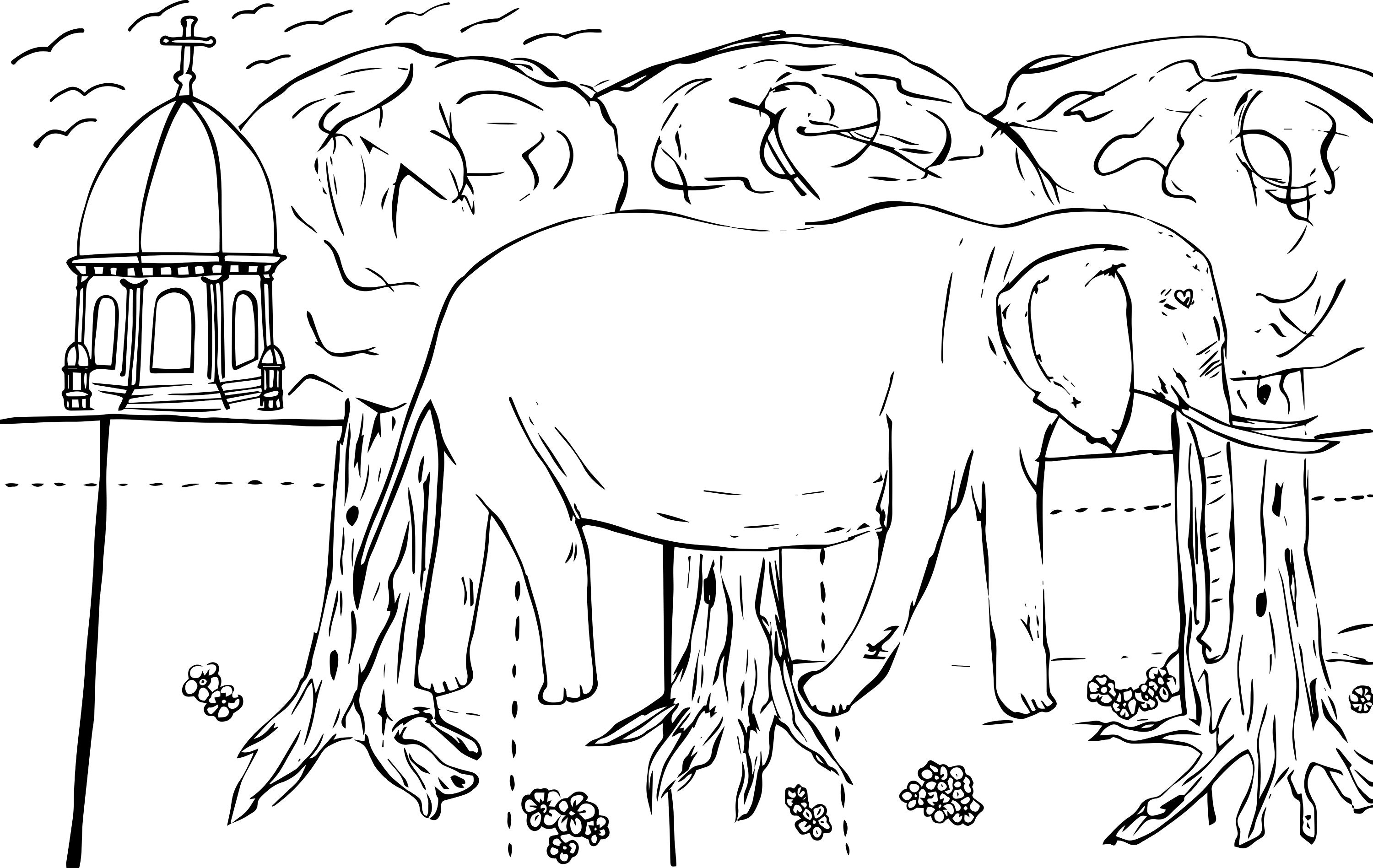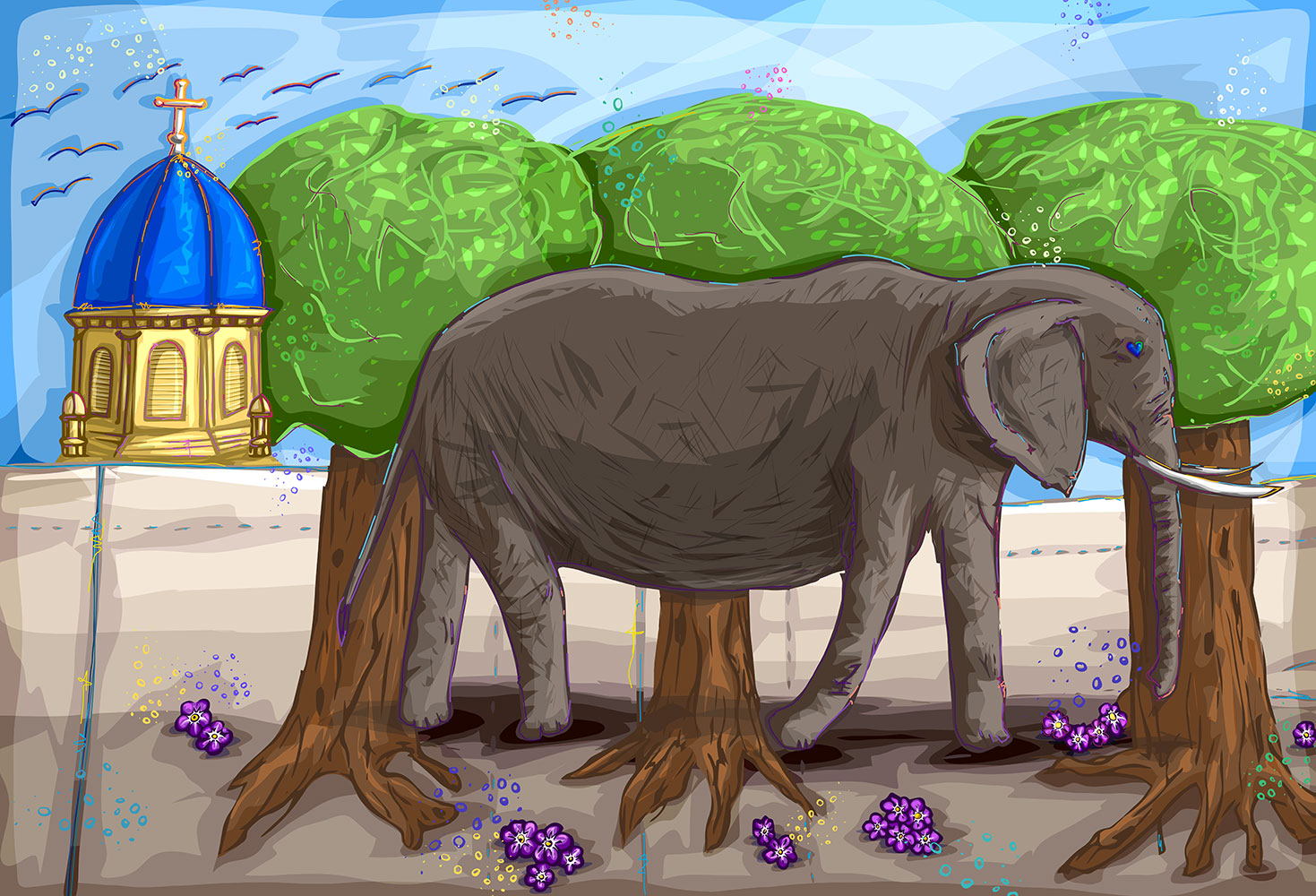I never really knew there was such a thing as Maine lake culture until someone mentioned it to me about a decade ago now. It's like a fish in water: the fish has no idea that there is this thing, water, because it is so immersed in it, it doesn't see it as a separate thing. So it was for me with "Maine lake culture." From the time I was a toddler, I spent many summers at my grandparents' lake cottage, from here on referred to as "camp" in the Maine vernacular, and the way of life there just was how it was. I had a sense of its peace and magic, but what I didn't know was that I was sharing in a culture, a tradition, a way of life that is unique yet recognized by others who have lived it also. I know it is this way in Maine, and may be in other lake regions across the United States and the world. For those unfamiliar with it, I will try to give a brief introduction, a sense of something that seems to be on my very DNA, and that I can only hope to articulate a little bit.
My grandparents' camp (remember, this is Maine-speak for "cottage") was on Policeman's Cove on Little Sebago Lake in Gray, Maine. It was, by traditional tale, the second oldest cottage on the lake, built either late 19th or early 20th century. It was rustic, utterly beautiful in its primitiveness, with warm worn wooden walls bearing the hand scrawled names of those who came before us, with dates going far back in the century. The stairs creaked as my grandparents ascended and descended; the phone on the party line hung on the wall in the stairwell. There was a wood stove in the main living area that gave off an aroma I still associate with "camp smell." When I started going there we did not have indoor plumbing, but rather used a two holer a little distance from the camp. We bathed in the lake as well. I have only the most shadowy memories of the outhouse, memories which include being pretty freaked out by the possibility of a spider or two crawling out of the "hole," because when I was still quite young my grandfather built an addition on to the camp with a fun new family room and a modern bathroom.
Where to begin with the sights and sounds of camp life. Mornings were a treat for the senses. I would awake to the sound of the lake lapping the shoreline, just a few yards from the front doorstep. Often I would also hear my grandmother in the kitchen, the sound sometimes followed by the smell of frying donuts. Usually the air was crisp at this time of day, and the coolness would flow through the sheer curtains in the bedroom windows. Later in the day, as the lake became busier, there would be the sounds of motorboats and masses of kids swimming in the cove. At evening, we heard bullfrogs in the cat in nine tails, people laughing over dinner in the surrounding camps, and the low hum of slower boats coming in from fishing. We played board games and card games, my grandmother read us The Jungle Book, The Adventures of Tom Sawyer, and other great stories. We watched almost zero television, although my grandmother enjoyed Jeopardy and Wheel of Fortune in the daytime. There simply were no computers or internet. I swam, hiked the nearest hill with my grandmother to pick blueberries, ventured down the wooded trail to see the old "Elder Cemetery" near which earlier generations of a family had lived and farmed, their cellar hole then almost covered over with trees growing up from it. I wondered who they were and how they lived, and my lifelong love of history and old dusty things began. In 1987, on our way to honeymoon in Nova Scotia, my husband and I stayed there for a night even though my grandmother, by then widowed, had gone home to Pennsylvania for the winter. In 1991 we took our first baby son there to splash on the beach, and so that a new generation of our family might have this incredible contact with what seemed like pure good.
There is so much more to tell, but fast forward to 1999. I was 34 years old and living (grudgingly) in suburban New Jersey. We were working on making a permanent move to Maine when I got the news that my grandmother had sold the camp out of the family. I was crushed, but not as crushed as I would be just this past July when, on a run down the old camp road, I discovered to my absolute heartbreak that the current owners had demolished the antique cottage and were building new. I stopped. And I cried. Right there on the property, for a very long time. And then I walked back to my own camp on Little Sebago Lake, Sunset Haven.
We purchased Sunset Haven in 2005, having made the move to our primary home, the Parris House, in 2000. We bought it because it was beautiful , antique, and rustic, much like my grandparents' camp, and we bought it because we wanted our four sons to know Maine lake culture, in all of its magic. It was an added delight that it was on the same lake I grew up summering on, just one cove over on the eastern shore. It benefits from the same spectacular sunsets I watched as a child. The water laps the beach with the same soothing regularity that it always has and always will. Happily, there are many more loons on Little Sebago than when I was a child, and their cries and songs can be heard all day and all night. Many of the children and grandchildren of the people I knew of in the 1970s are still on the lake, and I have met new families and friends there as well. Spider Island, to which I often rowed when I was 9 or 10 years old, is still within view from Sunset Haven, its sandbar jutting out for summer picnickers and swimmers to play on. I never saw Little Sebago in the fall or winter when I was a child, but now I have the luxury of seeing the fall colors reflected on a still lake early in the morning, and the animal tracks in the snow in winter. I get to see the lady slippers occasionally in the late spring, and see the loon babies on the backs of their mothers.
Sunset Haven has cable TV and high speed internet service. We have simple yet modern kitchen appliances and central heating there. We have two bathrooms! But Sunset Haven is also about one hundred years old, and we make sure that its integrity as an old Maine camp is preserved and cherished. What I have tried to illustrate in words, I will now show in some pictures.
Clockwise: Lake side of camp with "sunset viewing deck," our long driveway in fall, driveway "welcome!" side of camp, our big tree thermometer to keep us apprised of the Maine weather.
Left to right: We keep oil lamps in the camp, we only have vintage rotary phones, our antique lantern (electrified now) above the kitchen table, some found and meaningful objects, including a beeswax candle from my grandparents' camp.
We still read books, do puzzles, and play board games at Sunset Haven.
Sunset Haven's interior is vintage. Someone long ago did a paint-by-number we've never had the heart to take down.
Breakfast on the deck is a treat. If it's too cold it's better to cozy up in by the kitchen window.
Come on down to the water...sit a while on the dock or around the fire pit.
Maybe even get your toes in the water...or in the soft pine needles...
 |
| Add caption |
Every Maine camp should have a boat house. This is ours. And we're real serious about that "No Smoking" thing even though the sign was already there when we arrived.
I hope this post has given you an impression of what Maine lake culture is about, although I have saved the most important aspect for last. The magic of those Maine summers on Little Sebago would not have existed without the abundant and unconditional love my grandparents lavished on me. Love is the foundation of Maine lake culture. Families and friends come to the lake to relax, to play together, and to reconnect, in a peaceful, breathtakingly beautiful environment that reminds us of what really matters. Many, many times I have gone to the lake for solace in a crazy world, have felt the wind on my face, the cool water on my feet, and the spirits of my grandparents just over my shoulder. These lakes are eternal, just as love is eternal, and this is the very heart of what we experience here.
















































